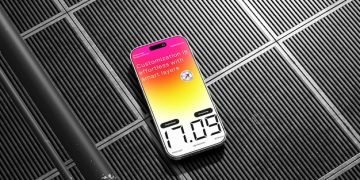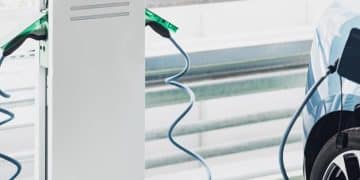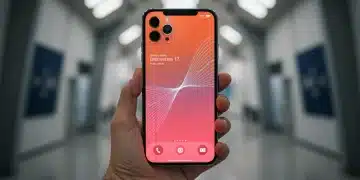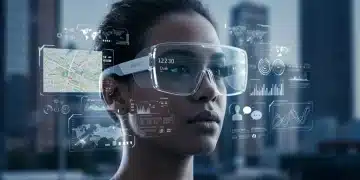Are E-Readers Still Relevant? Exploring Their Place in a Tablet World

E-readers, dedicated devices for reading digital books, carved out a niche with their focus on reading comfort and battery life, but face ongoing competition from versatile tablets offering a broader range of functionalities.
The advent of e-readers revolutionized how we consume literature, offering a portable and convenient way to access countless books. But in a world dominated by versatile tablets, the question arises: are e-readers still relevant?
The E-Reader Revolution: A Retrospective
E-readers emerged as single-purpose devices designed solely for reading digital books. Their initial appeal stemmed from features tailored for book lovers, setting them apart from nascent tablets.
Early Advantages of E-Readers
When e-readers first appeared, they had several distinct advantages that attracted a dedicated following.
E-readers were the first devices which were exclusively designed for reading purposes.
The Rise of Dedicated Devices
E-readers quickly grabbed the hearts of those who preferred a lighter, easier, and more dedicated reading device.
- E-ink screens: Mimicked the appearance of printed text, reducing eye strain during extended reading sessions.
- Long battery life: Allowed for weeks of reading on a single charge, unlike the limited battery life of early tablets.
- Distraction-free reading: Offered a focused reading environment without notifications or other app distractions.
The introduction of E-readers brought a great shift in reading experience, being a device created exclusively for reading books.
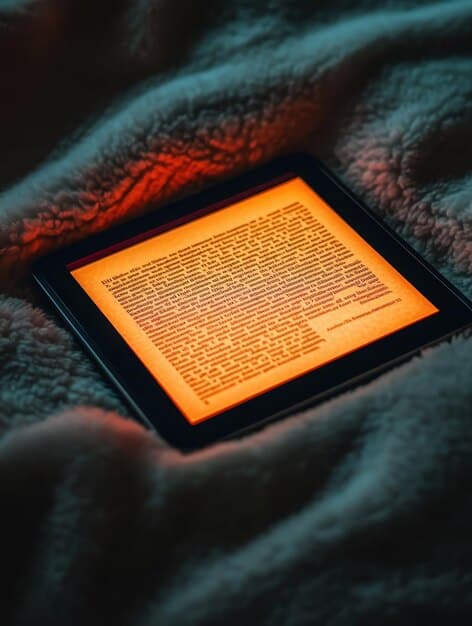
Tablets Emerge: A Multifaceted Competitor
As tablet technology advanced, these devices presented a compelling alternative to e-readers, offering a broader range of capabilities beyond reading. The versatility of tablets began to challenge the dominance of e-readers in the digital reading space.
Versatility Redefined
Tablets are considered a great device in today’s world, where they are multifunctional and may be useful for various types of user cases.
Tablets provide functionality to create presentations, edit files, send emails and so on.
The Tablet Advantage
Tablets came with features that are widely appealing to a tech-savvy population.
- App Ecosystem: Tablets run a wide range of apps, including e-reading apps and other productivity, entertainment, and communication apps.
- Multimedia Capabilities: Tablets support various multimedia formats, enabling users to watch videos, listen to music, and browse the web.
- Color Displays: Tablets feature color displays, enhancing the viewing experience for magazines, comics, and other visual content.
The multimedia support and the option to watch videos and listen to music is surely a great advantage.
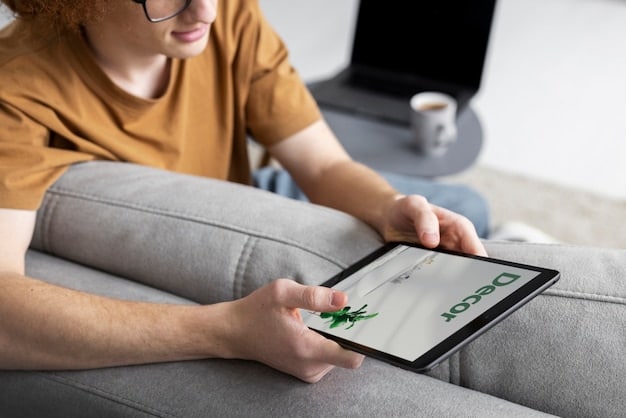
E-Readers Today: Strengths and Weaknesses
Despite the surge in popularity of tablets, e-readers have retained their relevance by doubling down on their core strengths and catering to dedicated readers. While they may lack the versatility of tablets, e-readers offer a specialized reading experience that appeals to many.
The Enduring Appeal
For avid readers, the specialized nature and exclusive design of e-readers are still appealing aspects.
Even with a lot of other reading options, those who prefer reading for hours will always consider e-readers better devices.
Advantages of modern E-Readers
Following the rise of Tablets, E-readers had to improve their features to maintain users, and retain many users.
- Improved E-Ink Technology: E-readers now feature higher resolution displays and faster refresh rates, further enhancing readability.
- Ergonomic Designs: Modern e-readers are designed to be lightweight and comfortable to hold for extended periods.
- Waterproof Models: Waterproof e-readers allow for reading in the bath, by the pool, or at the beach.
Waterproof Models are the favorite for any user, since they may read everywhere.
Tablets in the Modern Era: Strengths and Weaknesses
Today, tablets offer a broad array of features and functionalities, but they also have their limitations. Understanding the pros and cons of tablets is essential when comparing them to dedicated e-readers.
Strengths of today’s tablets
Tablets can provide you with all type of media features and utilities, which makes it a great deal for the current userbase.
Being able to watch videos, create office documents or simple answer emails makes them an interesting product for every user.
Modern Tablets Advantages:
Tablets are known to be really great pieces of computer software, which have been improving over the years, adding more and more features.
- Multiple Apps: Tablets will allow people to run multiple apps, making it really easy to manage work, and personal activities.
- Connectivity: Tablets offer a lot of connectivity options, such as Bluetooth, WiFi and even SIM card use.
- Affordable Prices: There are many affordable tablets, which also provide great amount of features.
Being able to choose the needed features according to the budget makes it an easier choice for any customer.
The Reading Experience: E-Readers vs. Tablets
The core purpose of both e-readers and tablets is to provide a platform for digital reading, but each device offers a distinct reading experience. Understanding the nuances of each device can help readers make an informed choice.
Screen Technology and Eye Strain
This is the point where e-readers and tablets differ the most, for different screen technologies will make different feels.
Using one or another screen may be more recommended for the user´s eye strain.
Comparison of Display Technologies
Each type of display will adapt to the users needs.
- E-Ink Displays: E-Ink displays mimic the appearance of printed text, providing a comfortable reading experience even in direct sunlight. They are also gentle on the eyes, reducing eye strain during extended reading sessions.
- LCD and LED Displays: Offer vibrant colors and high resolution, making them suitable for visual content. However, they can cause eye strain due to backlight and glare, especially during prolonged use.
- Blue Light Emission: Tablets emit blue light, which can disrupt sleep patterns and cause digital eye strain. Many tablets offer blue light filters to mitigate these effects.
Those who read a lot during the whole day must avoid blue light emission since it may cause further damage.
The Future of E-Readers: Niche or Mainstream?
Despite the versatility and popularity of tablets, e-readers have carved out a niche market that continues to thrive. As technology evolves, the future of e-readers will depend on their ability to adapt and innovate, while retaining their core strengths.
E-Readers Today
Today, e-readers are the most suitable option for avid readers who like to be dedicated to reading for long extended times.
With so many options, e-readers can still get dedicated users if they focus on the features these users need.
Trends
These are the current trends for E-commerce:
- Niche Market: E-readers have created a space for themselves, because a Tablet will never allow an exclusive experience designed for dedicated reading.
- Focus on Reading Experience: The niche market will be always focused in the reading experience and long battery life.
- Battery life: Reading lovers don’t want to worry about battery life or plugs, they just want to focus on reading.
The current market asks for long battery life and total focus in the details regarding reading time.
| Key Point | Brief Description |
|---|---|
| 📚 Reading Comfort | E-readers excel in providing a comfortable reading experience due to e-ink technology. |
| 🔋 Battery Life | E-readers boast significantly longer battery life, lasting for weeks on a single charge. |
| 📱 Versatility | Tablets offer multifaceted functionalities, including apps, media playback, and web browsing. |
| 💡 Niche Market | E-readers occupy a niche market dedicated to distraction-free reading. |
Frequently Asked Questions
▼
Yes, due to their e-ink screens that mimic the appearance of printed text, e-readers generally cause less eye strain than tablets, which use backlit LCD or LED screens.
▼
Yes, most e-readers support OverDrive or Libby, which allow you to borrow library books directly onto your device, provided your local library offers digital lending.
▼
Tablets offer a versatile experience with access to various apps, color displays for magazines and comics, and multimedia capabilities, making them ideal for diverse content.
▼
Yes, most e-readers support PDF files, but the reading experience may vary. Some e-readers allow you to zoom and reflow text, while others offer limited customization options.
▼
E-readers typically offer weeks of battery life on a single charge, while tablets usually need to be charged every day or every few days, depending on usage.
Conclusion
In conclusion, while tablets offer versatility and multimedia capabilities, e-readers retain their place in the digital reading world with their focus on reading comfort, long battery life, and distraction-free environment, making them an excellent choice for dedicated book lovers.

